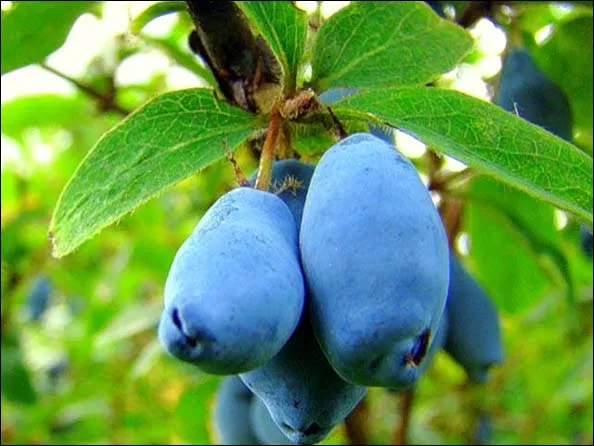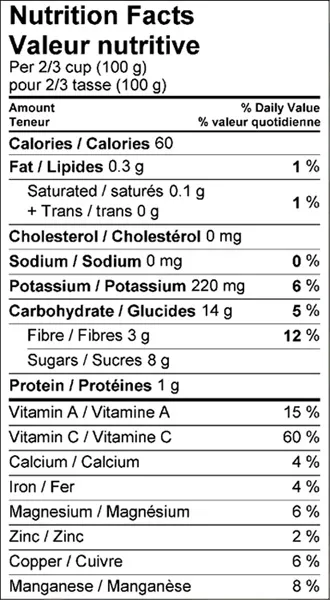Every Summer I challenge myself to plant and learn about a new fruit for my orchard. Last year I planted and started seeds for a Goji Berry, because it is one of the worlds Super Foods. So this year I discovered the Haskap Berry, or commonly called the blue Honey berry. It is a member of the honeysuckle family. The haskap berry looks like a deformed blueberry. It's origin I learned is from Siberia, and is quite popular in Russia and Japan, so naturally the Canadian climate is perfect for this little gem.

It is totally cold hardy and can withstand temperatures of up to -45 degrees C. The Japanese have been quoted stating this is the fruit of long life and good eyesight. It is naturally full of antioxidants Just look at this chart,


They taste like a cross between the blueberry and the tart sweet taste of the raspberry.
So how do you grow them?
They can be grown from a root bulb seedling, that can be ordered, or you can grow and start from seed that takes so long. LOL You can plant them in the Spring or Fall. Many testify that this is the first fruit to ripen of the growing season, as it is ready to harvest in late June to early July for a two week period. One mature plant can produce up to 7-10 pounds of fruit. A Haskap plant is disease and pest resistant making it much easier to grow organically.
Grow Haskap berries in the full to part sun. A sheltered spot is fine.
Haskap's can grow in a wider range of soils that Blueberries can (ph 5 - 8.5)
All Haskap berry plants are capable of producing fruit, if they have a ‘Companion’ that blooms at the same time to provide cross-pollination. These varieties must be compatible and the blooms must be pollinated by local or hive bees to set the fruit.
There is no separation of the sexes with Haskap plants. These two varieties were named so gardeners buying plants could remember that ‘Aurora’ and ‘Borealis’ go together. Haskap plants can grow 4-8ft tall.
When harvesting the Haskap Berry it should be noted that the berries will look ripe 1-2 weeks before they are truly ready to be eaten. If the berries are green inside, they are not ripe; they should be a deep purple red inside when fully ripened.
If you are really enthusiastic about this glorious berry you may want to order one of these, link listed below:

You can juice these berries, Make jam, make pie's and smoothies. You can treat these berries as you would a blueberry. I have provided a Recipe for a jam. Now my berries wont be ready till next season, but I have gathered all this info to help me grow and harvest this little gem.
Haskap jam
Ingredients:
2 cups fresh haskap berries
2 cups sugar 500 mL
1/4 cup fresh squeezed lemon juice
Method:
In a medium stainless steel saucepot, crush the haskap berries with a masher into the sugar. Over medium heat, bring the berries to a gentle boil. Stir in the lemon juice. Continue to boil until it has reached the jam stage. Skim off any scum as it forms. Test your jam on a plate that has been chilled in the freezer. Process and store the jam using canning techniques or simply store it in your freezer in small batches until needed.
So there you have it folks. If any of you have any experience with growing and harvesting this berry plant please do share the knowledge.
Image Sources:
http://haskapberries.com/haskap/haskap-health-benefits
https://www.miramichionline.com/post.php?id=2990
https://haskapa.com/shop/health-beauty/haskap-berry-powder/